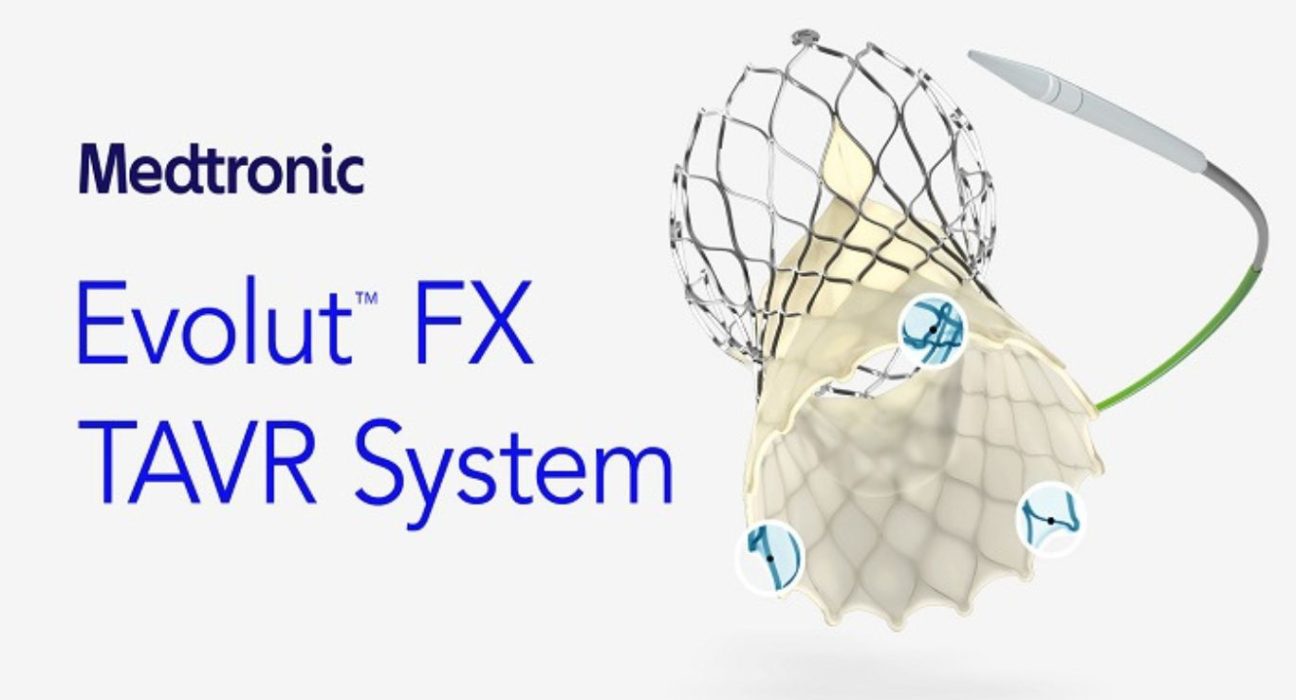Transcatheter aortic valve replacement (TAVR) has revolutionized the treatment landscape for severe aortic stenosis, offering a less invasive alternative for patients who are at high risk or ineligible for traditional surgical valve replacement. The Evolut FX TAVR system, a next-generation advancement in TAVR technology, has recently garnered attention due to its potential to improve deliverability, tracking, and deployment during the procedure. In this article, we delve into the study findings surrounding the Evolut FX TAVR system, exploring how these advancements are shaping patient outcomes.
Improved Deliverability and Tracking
The Evolut FX TAVR system addresses the challenges encountered during TAVR procedures by focusing on improved deliverability and tracking. This innovative system incorporates advanced technologies and features that enable smoother navigation through tortuous vessels and tight access points. The low-profile delivery system reduces the risk of complications, ensuring successful device delivery even in challenging anatomies. This enhanced deliverability facilitates procedural success and reduces the potential for adverse events.
Tracking the precise placement of the transcatheter heart valve is critical for optimal outcomes. The Evolut FX TAVR system incorporates advanced tracking mechanisms that enable accurate device positioning. This precise placement reduces the occurrence of paravalvular leaks and improves hemodynamic performance. By enhancing tracking capabilities, the system enhances procedural accuracy, ultimately benefiting patient outcomes.
Enhanced Deployment
The Evolut FX TAVR system introduces innovative features that enhance deployment accuracy and control. Controlled expansion mechanisms enable a gradual and precise deployment process, minimizing complications such as valve migration or malpositioning. This controlled deployment mechanism ensures optimal valve placement, leading to improved procedural outcomes.
Additionally, the system incorporates advanced imaging technologies that aid in accurate positioning and deployment. Enhanced visualization under fluoroscopy and real-time three-dimensional (3D) imaging provide precise guidance during the procedure. These imaging modalities contribute to the successful deployment of the transcatheter heart valve, reducing the need for additional interventions and ensuring optimal patient outcomes.
Impact on Patient Outcomes
The study findings underscore the significant impact of the Evolut FX TAVR system on patient outcomes. By improving deliverability, tracking, and deployment, the system contributes to reduced procedural complications, enhanced device positioning, and improved hemodynamic performance. These factors collectively result in better clinical outcomes, including reduced mortality rates, improved quality of life, and shorter hospital stays for patients undergoing TAVR procedures.
The advancements in the Evolut FX TAVR system translate into significant benefits for patients. Improved deliverability minimizes the risks associated with challenging anatomies, ensuring successful device delivery. Accurate tracking and precise deployment contribute to better device positioning, reducing the incidence of paravalvular leaks and enhancing overall hemodynamic performance. These improvements lead to improved patient satisfaction, faster recovery, and better long-term outcomes.
Furthermore, the benefits of the Evolut FX TAVR system extend to physicians and healthcare providers. The system’s enhanced deliverability and tracking streamline procedures, reducing procedural time and radiation exposure. The precise deployment mechanism, aided by advanced imaging technologies, enhances procedural accuracy and confidence for the healthcare team, resulting in better overall patient care.
Conclusion
The study findings shed light on the promising advancements offered by the Evolut FX TAVR system in the field of transcatheter aortic valve replacement. Its improved deliverability, tracking, and deployment capabilities contribute to enhanced patient outcomes, including reduced procedural complications and improved device positioning. The system’s innovative features benefit both patients and healthcare providers, enabling smoother procedures, improved accuracy, and better overall patient care.
As TAVR technology continues to evolve, advancements like the Evolut FX TAVR system play a vital role in improving patient outcomes and expanding the possibilities of less invasive treatments for severe aortic stenosis.










